Traveling to Cuba isn’t your average Caribbean getaway.
It’s gritty, gorgeous, unpredictable, and completely unforgettable.
One minute you’re drinking a mojito as a vintage pink Cadillac glides past, the next you’re bartering for Wi-Fi cards in a side street that looks frozen in 1958.
I find Cuba charming, if not a little chaotic, but honestly, it’s so worth it. There is no other place like Cuba.
If you’re traveling to Cuba for the first time, I’ve included everything you need to know in this guide so you won’t be surprised by anything.
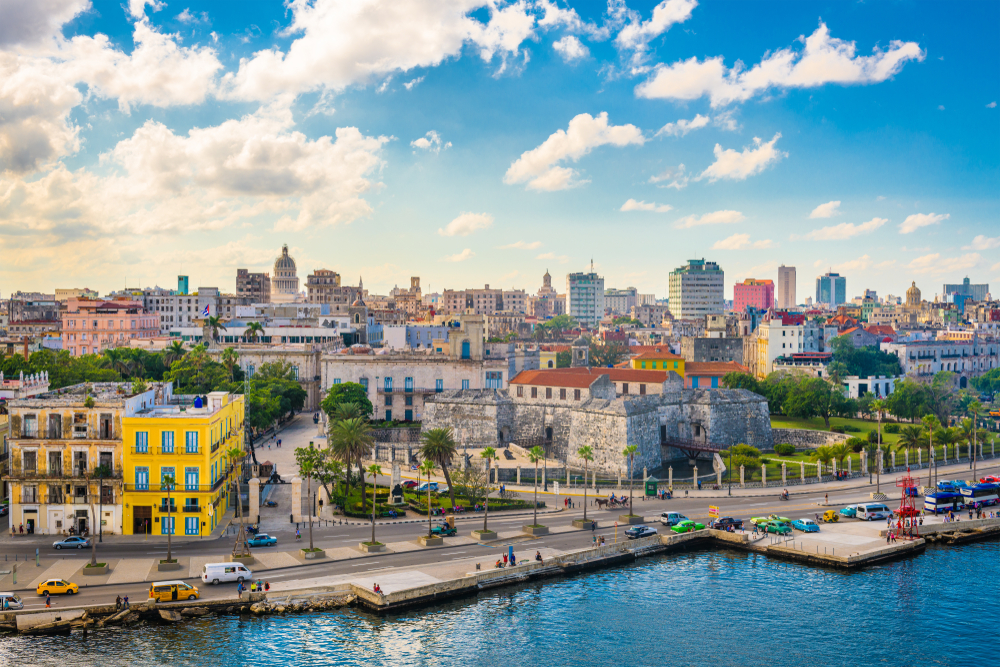
When Traveling To Cuba: Before You Go
You will need to be prepared and do a few things before you go.
A few basics will make your life much easier.
Anyone traveling to Cuba should sort cash, Wi-Fi, and visas before landing.
This isn’t a country you can wing it in.
Entry requirements:
Most visitors need a tourist card (often called a visa) before arrival.
Make sure your passport is valid for at least six months, and carry proof of travel insurance; officials can and do ask for it.
For the most up-to-date visa and entry information, check the official Cuba Travel Government Portal before you go.
If you are travelling from the US, certain additional conditions apply.
Money:
Cuba has its own currency, the Cuban Peso (CUP).
Cards from U.S. banks won’t work, and ATMs are unreliable even for others, so bring cash-euros, pounds, or Canadian dollars and exchange them at official outlets.
Forget about relying on your credit card; Cuba is a cash economy through and through.
Internet:
Wi-Fi is limited and slow. You’ll need ETECSA cards (available in hotels or kiosks) that give you short bursts of access at public hotspots.
Download offline maps and translation apps before you leave.
Think of it as a digital detox rather than a crisis.
Electricity:
Sockets can vary between the U.S. two-pin type and the European round-pin type, so bring a universal adapter.
There are also sometimes outages, so be prepared.
Language:
Spanish is spoken almost everywhere.
A few phrases like hola, gracias, and una cerveza, por favor, will go a long way, and locals appreciate the effort.
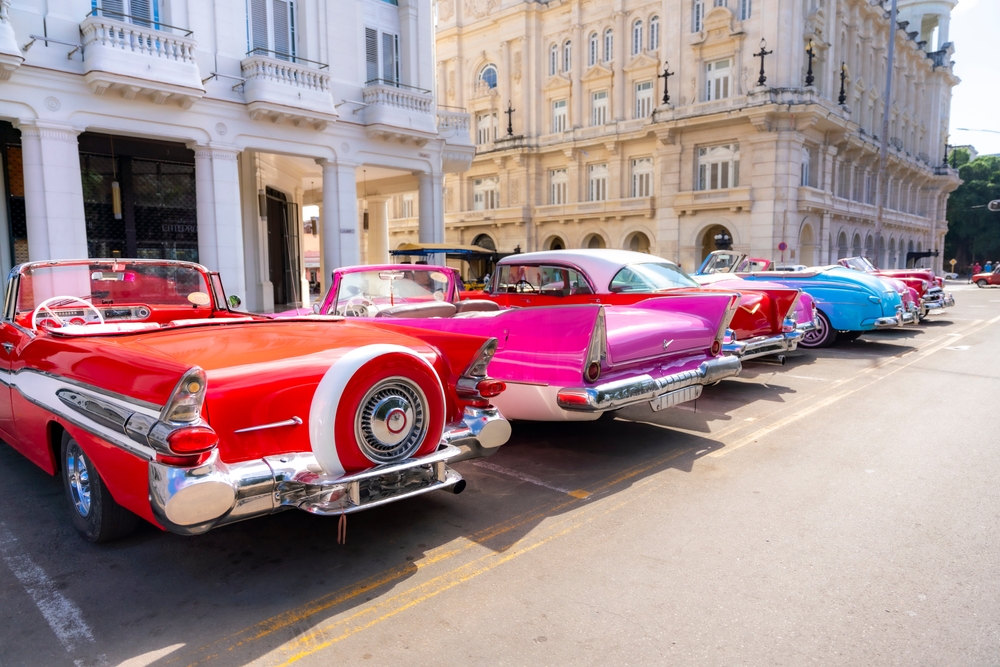
Is It Safe To Travel To Cuba?
Yes, generally it is safer than many Caribbean destinations.
Cubans are famously friendly, and violent crime is rare.
The main issues are petty theft and small scams aimed at tourists.
A few sensible habits to follow: keep your bag zipped, don’t flash large sums of cash, and avoid unlicensed taxis late at night.
For most solo women traveling to Cuba, it feels welcoming, if occasionally a little unpredictable.

Getting Around Cuba
Cuba doesn’t do punctuality. Transport here operates on island time.
When traveling to Cuba between towns, patience is essential; buses and taxis run on their own schedule
Taxis and colectivos:
Classic 1950s taxis are part of the fun, but agree on the fare before you ride. Colectivos (shared taxis) are cheaper if you don’t mind squishing in with strangers.
Buses:
Viazul is the main tourist bus line. It’s cheap and safe, but book early because seats fill fast.
Driving:
Road signs are rare, and potholes are not.
If you’re brave enough to rent a car, download Maps.me because Google Maps isn’t reliable offline.
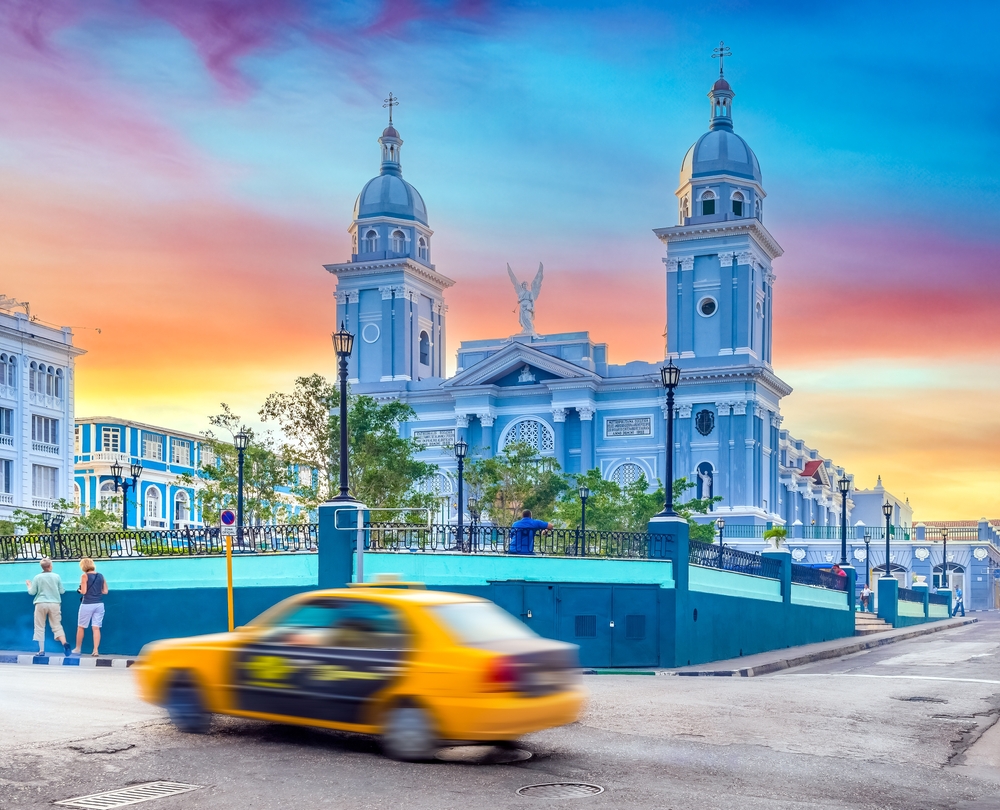
Planning Your Cuba Itinerary
If you’re planning your Cuba itinerary, give yourself time to breathe between destinations.
Travel is slower here; buses take hours, and schedules change often.
A perfect week might look like three nights in Havana, two in Viñales, and two in Trinidad, with an optional beach day in Varadero if you want downtime.
If you’re exploring other regions too, you might enjoy my Traveling to Mexico: 14 Things to Know Before Your Mexican Vacation for comparison.
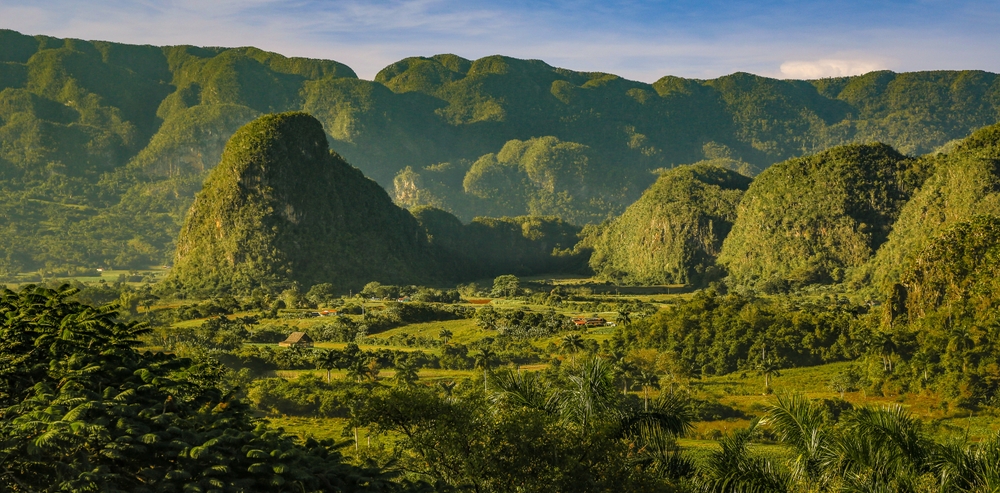
Where To Stay When Traveling To Cuba
The best places to stay aren’t hotels at all.
They’re casas particulares, which are family-run guesthouses where you’ll get a private room, home-cooked breakfasts, and insider tips you won’t find in guidebooks.
Casa Flamboyan and Casa 1932 are great examples.
In Havana, base yourself in Old Havana for easy walking or Vedado for a quieter, more local feel.
If you prefer boutique comfort, a few smaller hotels in restored mansions combine history with air-con and rooftop bars.
Iberostar Grand Packard and Royalton Habana look great.

Traveling To Cuba: What To Eat & Drink
Cuba’s food scene has come a long way, but it’s still limited by supply.
Expect simple meals rather than fancy dining.
Try ropa vieja (shredded beef in tomato sauce), tostones (fried plantains), fresh lobster, and endless mojitos or daiquiris.
Eat at paladares, private, family-owned restaurants for the best quality.
Bring snacks from home if you’re picky; potato chips and protein bars are gold here.
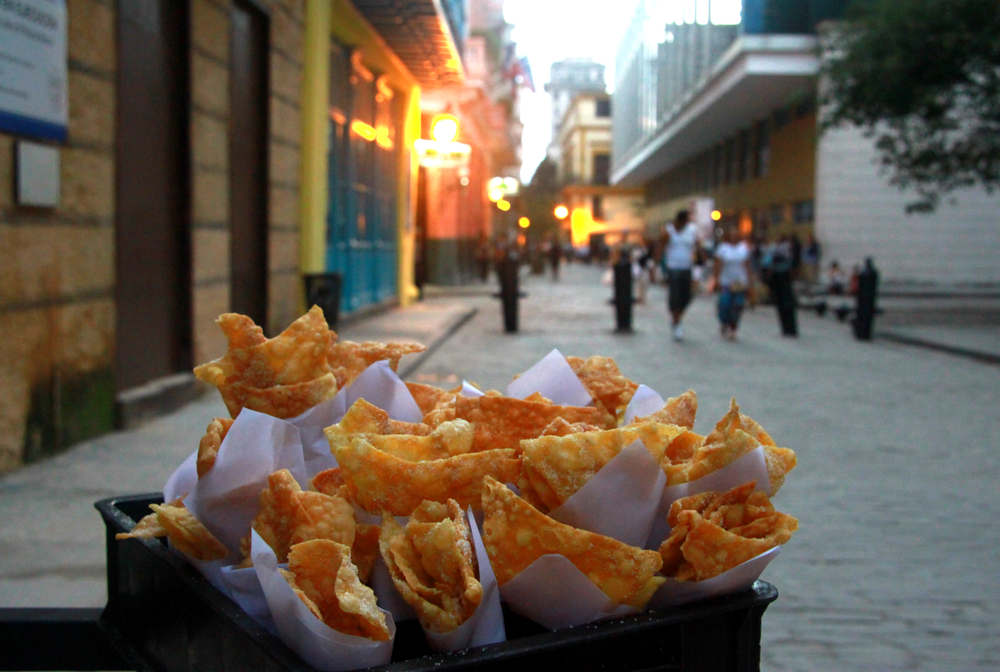
Traveling To Cuba: Essentials Packing List
Here are my tips on how to pack lightly. using a carry-on when traveling. And WHY it is almost a necessity!
This unisex RFID-blocking concealed travel pouch is lightweight and comes in several colors.
These RFID sleeves are another solution.
This Anker high-speed phone charging battery is the exact one I carry with me on all of my trips.
My daughter gifted me this FugeTek selfie stick and tripod setup for my birthday.
It is made of lightweight aluminum and is so easy to use.
I never leave home on a trip without a non-disposable water bottle.
Then this collapsible silicone foldable water bottle would work well for you as well.
This foldable water-resistant backpack would be great for a daily go-pack.
These quick-dry slip-on Aqua shoes will be useful when visiting Cuban beaches!
These men’s quick-dry trunks are essential.
For women, this one-strap one-piece bathing suit is amazing.
Consider bringing along quick-dry super-absorbent microfiber towels.
This wet-dry bag with handles is a good option.
These unisex polarized sunglasses come in many lens colors and frame designs and are extremely affordable, too.
If you like aviator-style sunglasses, these polarized aviators may interest you.
Cuba is hot, humid, sunny, and occasionally stormy.
Pack light, breathable clothing and embrace Cuba’s easy, colorful style.
Here is a list of some of my go-to items:
- Cotton or linen dresses
- Shorts and tank tops
- Light scarf or shawl for sun protection
- Flat sandals (the cobblestones are ruthless)
- Wide-brimmed hat
- Swimsuit and quick-dry towel
- Insect repellent and sunscreen
- Refillable water bottle or filter bottle
- Power bank and universal adapter
As an Amazon Affiliate, I earn from qualifying purchases.
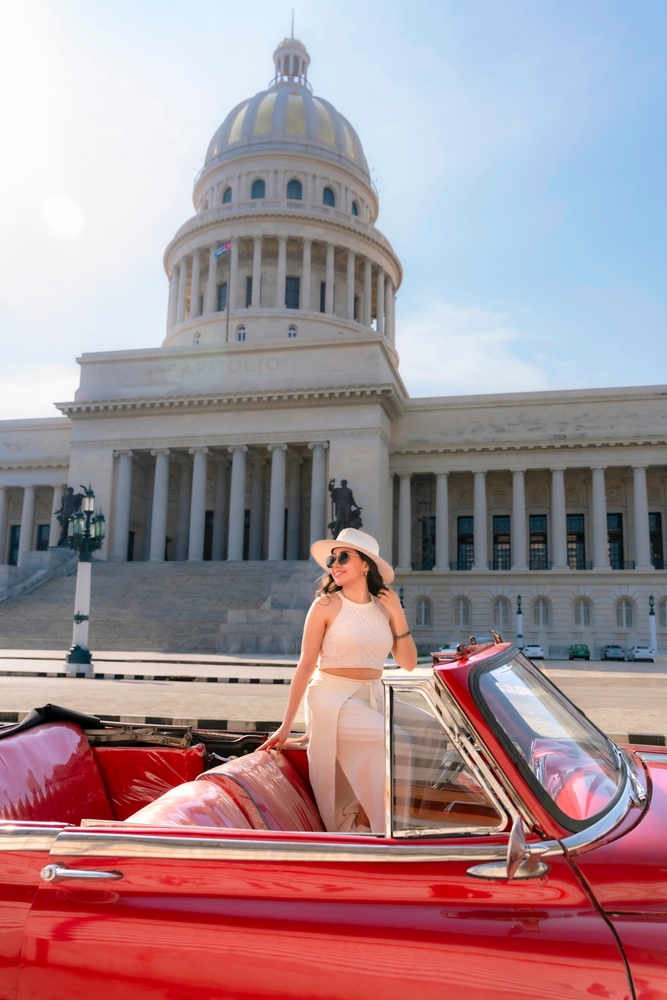
Top Places To Visit When Traveling To Cuba
Havana is the beating heart of Cuban travel.
Stroll the Malecón at sunset, explore Plaza Vieja, and take that vintage car photo you know you want.
Viñales is a lush valley of tobacco farms and limestone cliffs.
Go horseback riding and meet locals rolling cigars the traditional way.
Trinidad, a UNESCO-listed town, is also wonderful.
Here you will find pastel houses, cobblestones, and live music every evening.
If you want beaches and all-inclusive resorts, Varadero is the spot.
Think turquoise water and total relaxation.
And Cienfuegos is a coastal city with French-influenced architecture and a calmer energy than Havana.
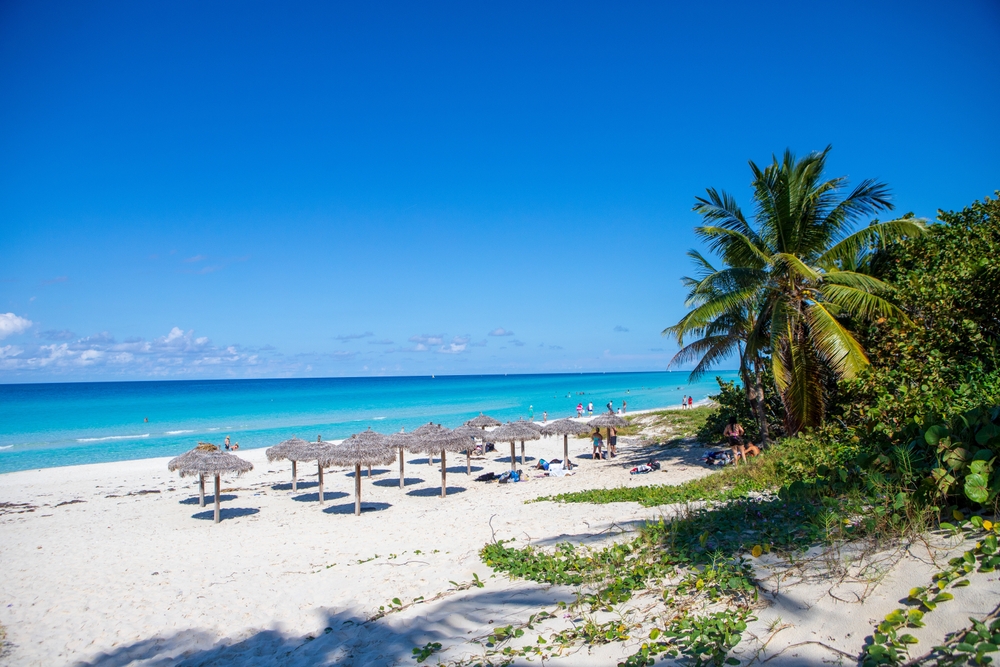
Cultural Tips When Traveling To Cuba
Cuba runs on warmth and community. A few small gestures will make a big difference.
Always greet people, even strangers, and please ask before photographing anyone.
Tip generously as wages are very low.
I encourage bringing small gifts, like pens, toiletries, or makeup, to offer locals who go the extra mile.
Mostly remember that Cuban time is elastic.
If something doesn’t go to plan, breathe and roll with it, that’s half the experience.
Remember that traveling to Cuba means adapting to a rhythm that values connection over convenience.
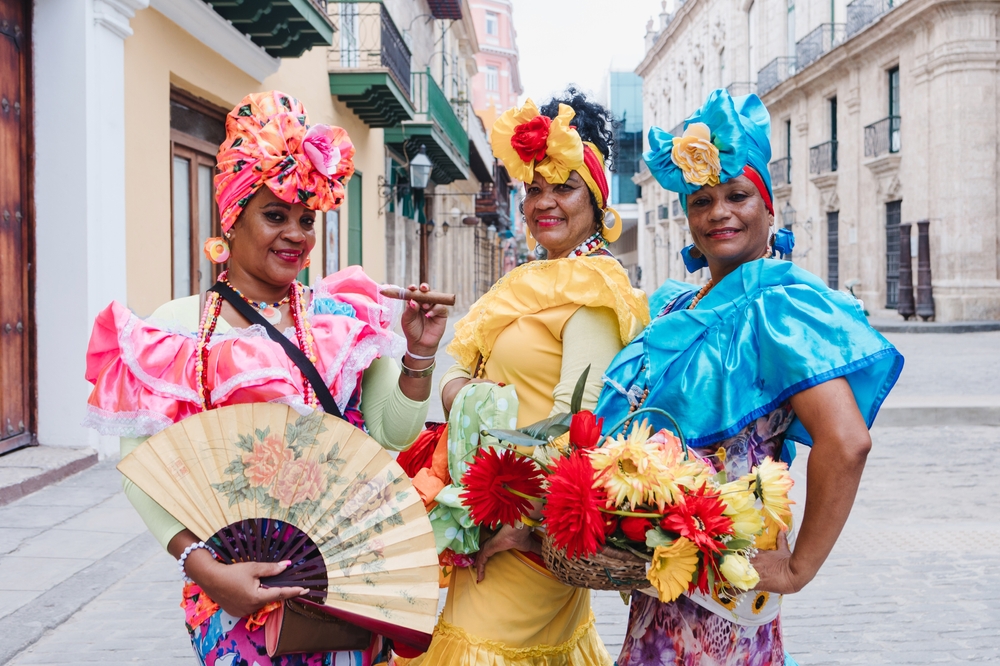
 Charleston Travel Guide: Perfect Weekend Itinerary for a Girls’ Trip
Charleston Travel Guide: Perfect Weekend Itinerary for a Girls’ Trip